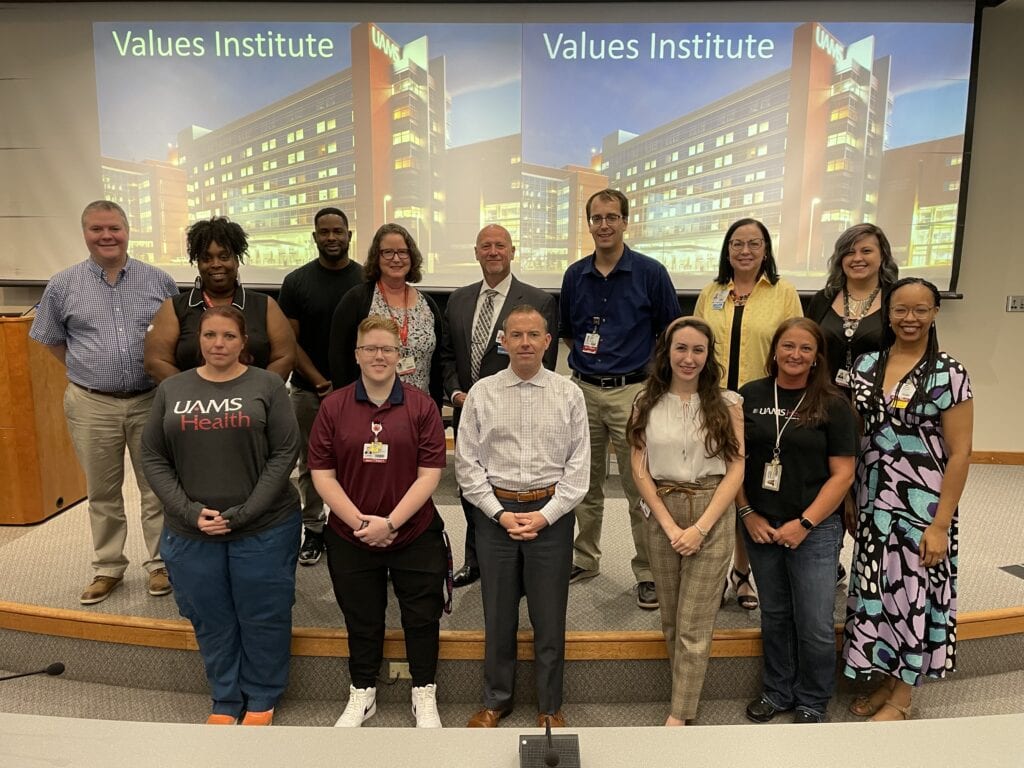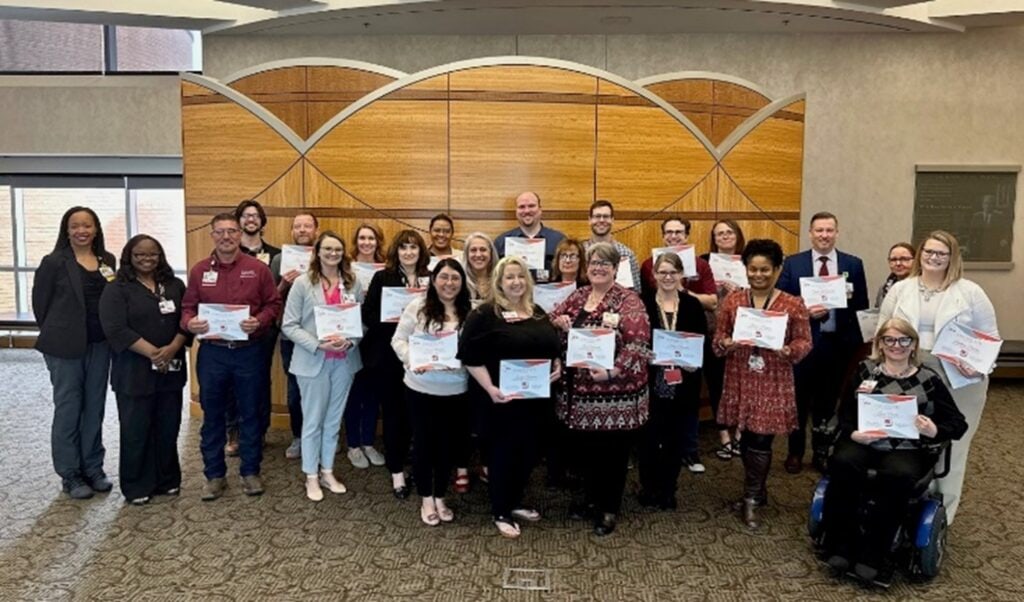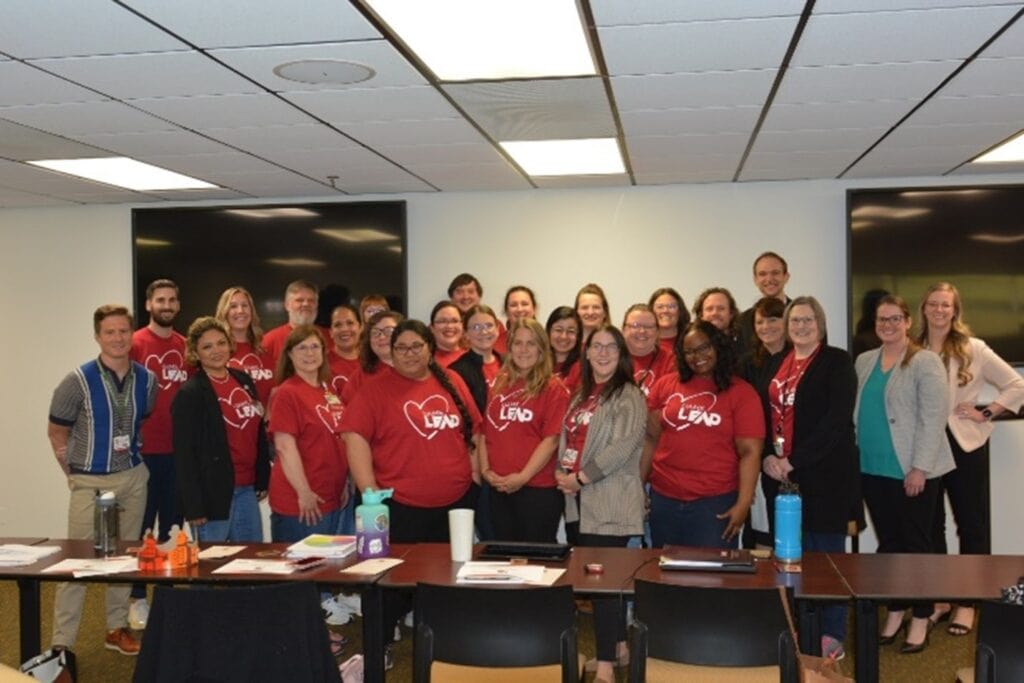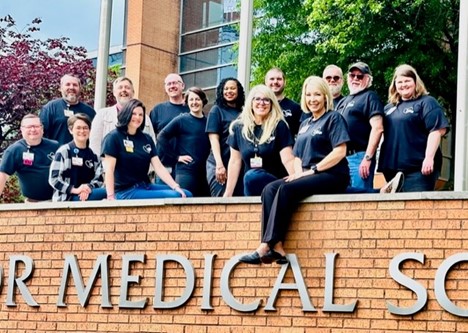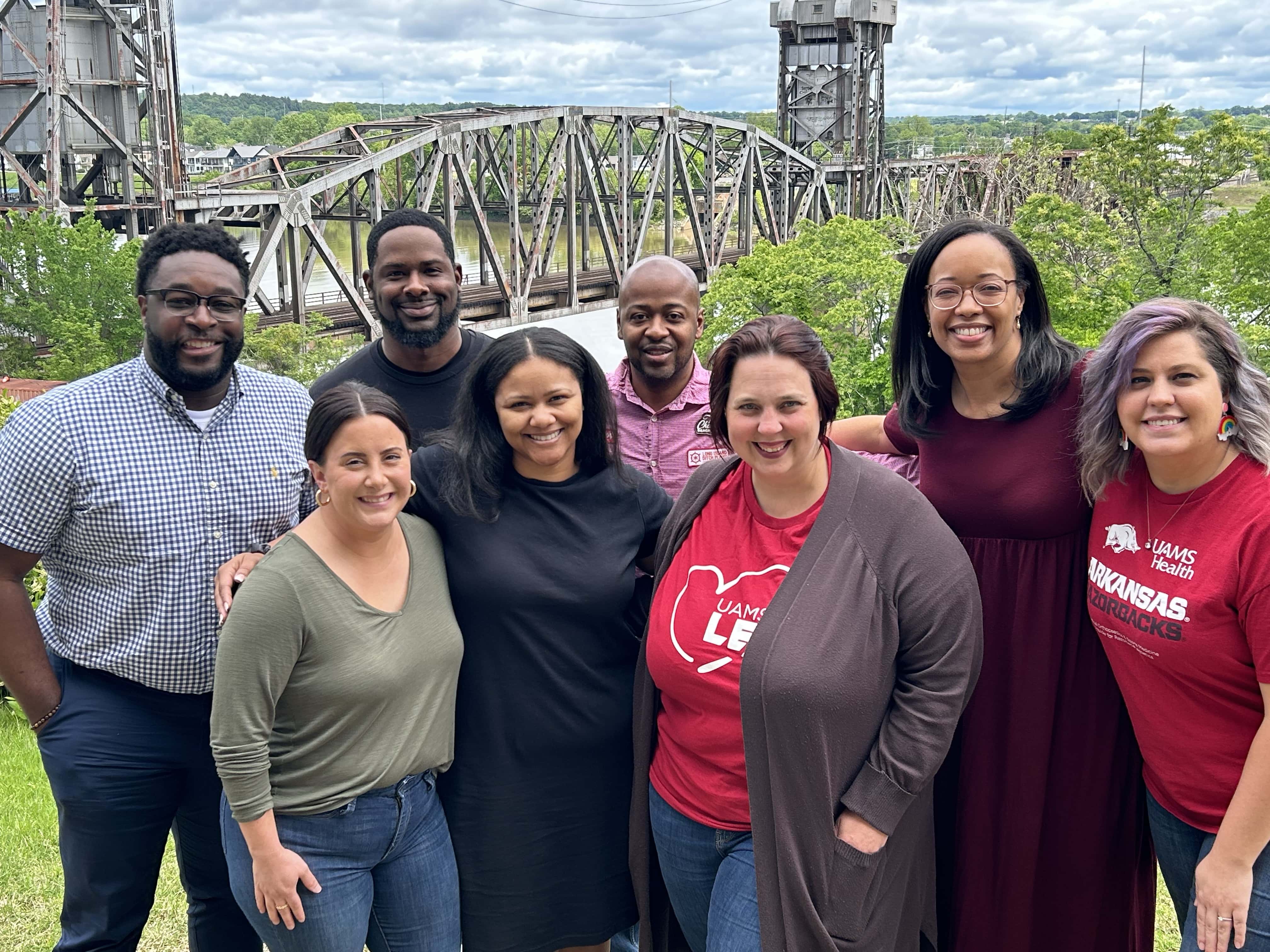Dear Team UAMS,
We are excited to announce that our annual Employee Performance Evaluation cycle will be commencing on September 1, 2023, and will run until December 31, 2023. This evaluation process is an essential part of our commitment to fostering growth, improving performance, and recognizing the valuable contributions of our dedicated team members.
During this evaluation cycle, all UAMS non-faculty employees hired prior to March 1, 2023, with the exception of temporary staff, will be participating in the evaluation process. To facilitate this, each eligible employee will be assigned their evaluation in Workday, our efficient HR management system. Before the evaluation reaches supervisors, employees will have the opportunity to complete their self-evaluation through Workday.
In preparation for this process, we are taking steps to ensure that everyone involved is well-equipped. On August 1, 2023, both employees and their supervisors will be assigned the Performance Evaluation Training in Workday Learning. This comprehensive training module will guide you through the evaluation process step-by-step, using the tools and features available in Workday.
To provide additional support, we encourage you to review our Performance Management page, where you will find helpful links and training resources. Additionally, you can access a list of frequently asked questions to address any doubts or queries you may have about the evaluation process.
We believe that regular evaluations not only help us gauge individual progress but also contribute to the growth and success of our entire organization. Your dedication and hard work are what drive our mission forward, and we look forward to recognizing and rewarding your efforts through this evaluation cycle.
Thank you for your commitment to excellence, and we wish you a productive and successful performance evaluation period.

